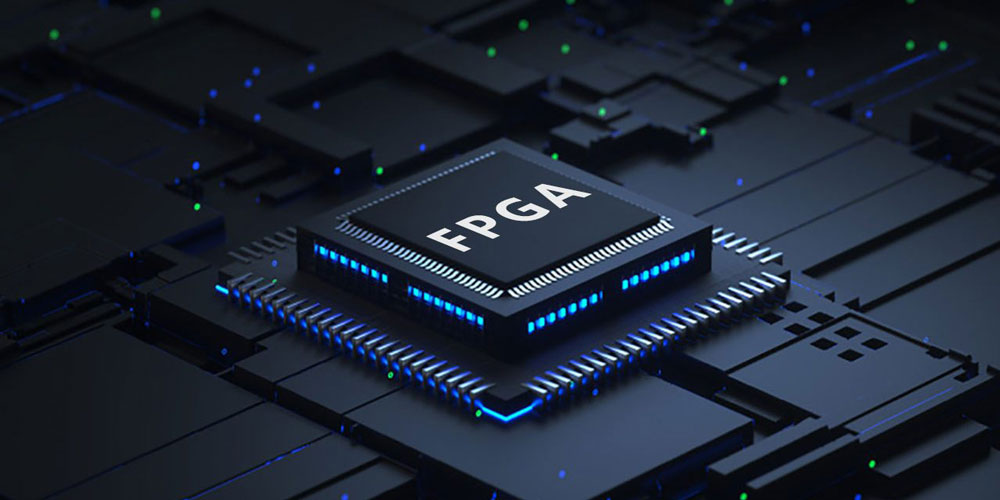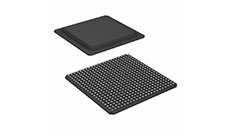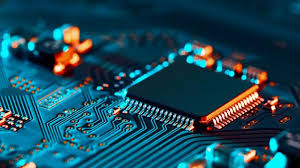lm3886tf: 68W, 1 Ch, 20-94V supply stereo Class-AB amplifier w/ Mute
Introduction
High-power audio amplifier LM3886. The construction of power amplifier circuits is appropriate for audiophiles and electronic enthusiasts due to its simplicity and applicability. Under the rated working voltage, it can produce up to 68W of continuous, undistorted average power. Its overvoltage, overcurrent, and overheating protection features are also rather comprehensive. The most important feature is that it automatically protects against current shock while turning on and off to ensure the speaker operates securely.
Table of Content
lm3886tf Overview
High-performance audio power amplifier LM3886TF description can convert 38W of power into 8Ω from 20Hz to 20kHz with a THD+N of 0.1% and output 68W of average continuous power into a 4Ω load. The LM3886's performance leverages its Self-Peak Instantaneous Temperature (°Ke) (SPiKe) protection circuitry, putting it above discrete and hybrid amplifiers by providing an inherently, dynamically protected Safe Operating Area (SOA). Spike protection means that these components are fully protected at the output from overvoltage, undervoltage, and overload (including supply short circuits, thermal runaway, and transient temperature spikes). The LM3886 has a signal-to-noise ratio of over 92dB and a typical low noise floor of 2.0µV. Across the audio spectrum, it exhibits a meager THD+N value of 0.03% at the rated output to the rated load and provides excellent linearity with a typical IMD (SMPTE) rating of 0.004%.
LM3886 Pinout
There are two packages available for the LM3886. There are two reasons for this: either the inner electrode and backplate are insulated, so adding a heat dissipation plate does not need to take the insulation issue into account, or the backplate is not insulated from the inner electrode and needs to be insulated from it when it is added.

Figure1-LM3886 Pinout
LM3886 Pin Configuration
|
Pin No |
Pin Name |
Description |
|
1 |
V+ |
Positive Supply Voltage |
|
2 |
NC |
No Connection |
|
3 |
OUTPUT |
Output Pin |
|
4 |
V- |
Negative Supply Voltage |
|
5 |
V+ |
Positive Supply Voltage |
|
6 |
NC |
No Connection |
|
7 |
GND |
Ground Pin |
|
8 |
MUTE |
Mute Pin |
|
9 |
Vin- |
Negative Input Voltage |
|
10 |
Vin+ |
Positive Input Voltage |
|
11 |
NC |
No Connection |
LM3886TF CAD Model
Symbol

Figure2-Symbol
Footprint

Figure3-Footprint
3D Model

Figure4-3D Model
LM3886 Internal Equivalent Circuit

Figure5-LM3886 Internal Equivalent Circuit
Features for the LM3886tf
- 68W Cont. Avg. Output Power into 4Ω at VCC= ±28V
- 38W Cont. Avg. Output Power into 8Ω at VCC= ±28V
- 50W Cont. Avg. Output Power into 8Ω at VCC= ±35V
- 135W Instantaneous Peak Output Power Capability
- Signal-to-Noise Ratio ≥ 92dB
- An Input Mute Function
- Output Protection from a Short to Ground or the Supplies via Internal Current Limiting Circuitry
- Output Over-Voltage Protection against Transients from Inductive Loads
- Supply Under-Voltage Protection, not Allowing Internal Biasing to Occur when |VEE| + |VCC| ≤ 12V, thus Eliminating Turn-On and Turn-Off Transients
- 11-Lead TO-220 Package
- Wide Supply Range 20V - 94V
LM3886tf Specification
|
Audio input type |
Analog Input |
|
Architecture |
Class-AB |
|
Speaker channels (max) |
Mono |
|
Rating |
Catalog |
|
Power stage supply (max) (V) |
94 |
|
Power stage supply (min) (V) |
20 |
|
Load (min) |
4 |
|
Output power (W) |
68 |
|
SNR (dB) |
110 |
|
THD + N at 1 kHz (%) |
0.03 |
|
Iq (typ) (mA) |
50 |
|
Control interface |
Hardware |
|
Closed/open loop |
Open |
|
Analog supply (min) (V) |
20 |
|
Analog supply voltage (max) (V) |
84 |
|
PSRR (dB) |
120 |
|
Operating temperature range (°C) |
0 to 70 |
LM3886tf Applications
- Component stereo
- Compact stereo
- Self-powered speakers
- Surround-sound amplifiers
- High-end stereo TVs
Typical Audio Amplifier Application Circuit

Figure6-Typical Audio Amplifier Application Circuit
LM3886tf Working Principle
C3 and R5 dictate the power amplifier's high-frequency gain, while its low-frequency gain is determined by the ratio of R3 to R4. The high frequencies are enhanced by current negative feedback, leading to better overall bandwidth and significantly less transient distortion. In contrast, the low frequencies are terminated by current feedback due to the strong capacitive reactance of C3. It is recommended that the feedback component's value be carefully chosen based on factors including the speaker's impedance and inductance, with the low-frequency gain ideally being two to three times that of the high-frequency gain. Historically, power amplifier frequency characteristics were frequently built to be flat, making it impossible to achieve a pleasing sound quality. The negative feedback circuit should be intentionally employed to boost the low-frequency gain to optimize the power amplifier's playback impact. This will also satisfy the demands of modern home theaters, which call for loud, dynamic sound effects.

Figure7- LM3886tf Working Principle
LM3886tf Alternative parts
LM3886TF,LM3886TF/NOPB,LM3886T/NOPB,LM3875TF/NOPB
LM3886tf Datasheet

 A Comprehensive Guide to Grasping FPGA Structure6/20/2024 688
A Comprehensive Guide to Grasping FPGA Structure6/20/2024 688FPGA (Field-Programmable Gate Array) is an integrated circuit, a type of programmable chip, that allows engineers to program custom digital logic. It can change its hardware logic based on the program, with the primary purpose of enabling engineers to redesign and reconfigure their chips faster and cheaper, whenever they want. However, nothing in the world is ideal, and FPGA chips also have limitations!
Read More > The EU to Impose Tariffs on Electric Vehicle Imports from China in Early July6/17/2024 346
The EU to Impose Tariffs on Electric Vehicle Imports from China in Early July6/17/2024 346The EU to Impose Tariffs on Electric Vehicle Imports from China in Early July
Read More > What is XC7A100T-2FG484I?6/6/2024 507
What is XC7A100T-2FG484I?6/6/2024 507XC7A100T-1CSG324C is an FPGA-based digital signal processing board, which consists of Xilinx's Virtex-7 series chips and FPGA interface chips.
Read More > Analog cycle inventory hits bottom, AI drives flash memory demand to continue6/4/2024 512
Analog cycle inventory hits bottom, AI drives flash memory demand to continue6/4/2024 512Analog cycle inventory hits bottom, AI drives flash memory demand to continue
Read More > Micron Plans to Build a Factory in Japan, NAND Flash Prices May Remain High5/31/2024 736
Micron Plans to Build a Factory in Japan, NAND Flash Prices May Remain High5/31/2024 736Micron Plans to Build a Factory in Japan, NAND Flash Prices May Remain High
Read More >
Hot News
- Diode Overview: Application in Automotive Alternator Rectifiers
- Electronic Component Symbols: Resistor, Capacitor, Transformers and Connectors
- Voltage-Controlled Oscillator: Principle, Type Selection, and Application
- Ultra-low power consumption of STM32U575/585 microcontrollers(MCU)
- What is Xilinx 7 Series FPGA Clock Structure- -Part two
- Basic Information about Temperature Sensor














